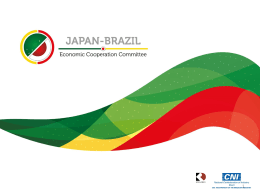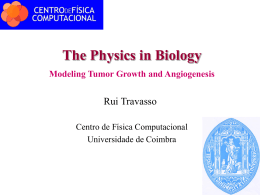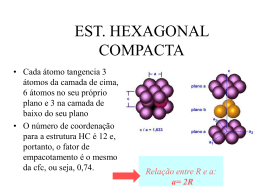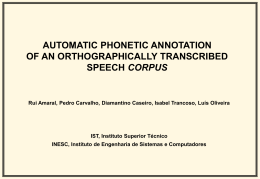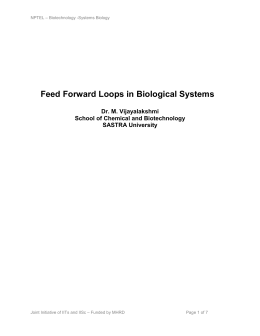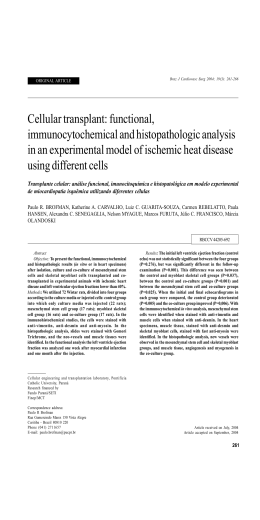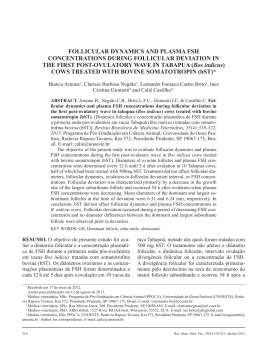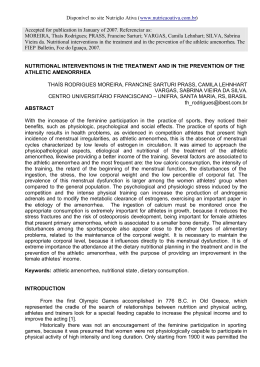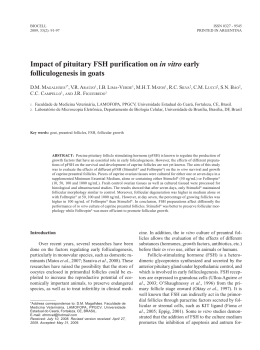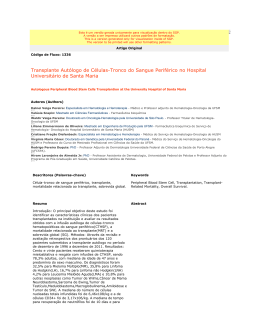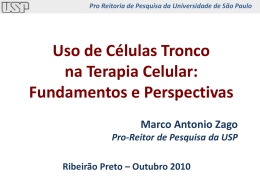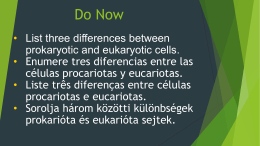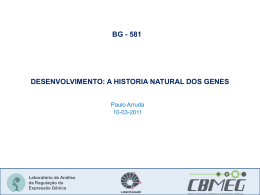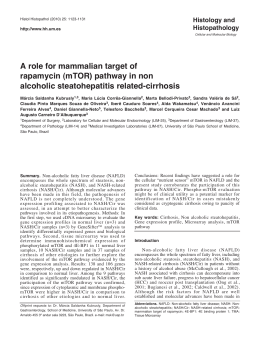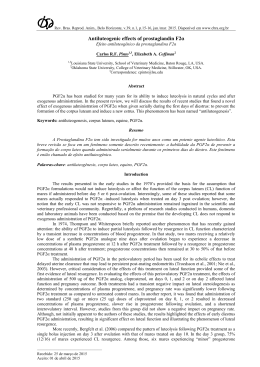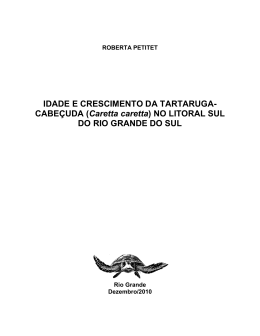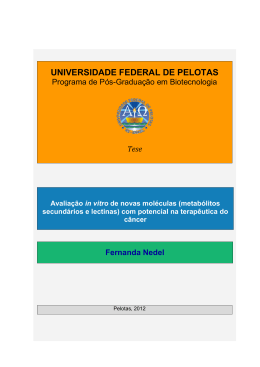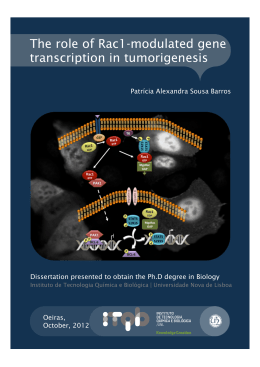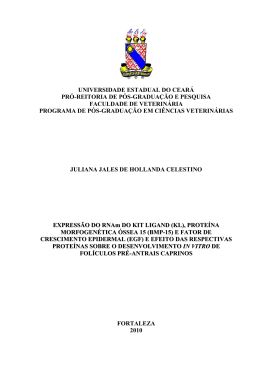CICLO MENSTRUAL • Interação coordenada entre HHG (ovários) e trato genital • → fenômeno ciclico e previsível denominado ciclo mesntrual • → 2 fases: folicular ou proliferativa e luteal ou secretora • Limites do ciclo compreende o período entre o inicio do sangramento menstrual episódico até o início do próximo sangramento • Duração média: 25 a 30 dias • Fase luteal é bastante constante aproximadamente = 14 dias Eixo hipotálamo-hipófise-ovário GnHR (LHRH) – decapeptídeo LH e FSH – glicoproteicos (α e β) Estrógenos e progesterona (esteroides) Padrões secretórios: Infradiano – 30d Circadiano - puberdade Ultradiano – 1 pulso/h Patterns of pulsatile LH secretion during the menstrual cycle. A. Representative examples during the follicular phase. Days are calculated as from the LH surge. Note the high frequency of pulsatile LH release representative of a high GnRH pulse frequency in this phase. EFP, early follicular phase; MFP, mid follicular phase; LFP, late follicular phase. B. Representative examples during the luteal phase. Days are calculated as from the LH surge. Note the reduction in LH pulse frequency and a corresponding increase in pulse amplitude, representative of the slowing down of the GnRH pulse generator in this phase. ELP, early luteal phase; MLP, mid luteal phase; LLP, late luteal phase. (Filicori M, Santoro N, Merriam GR, Crowley WF: Characterization of the physiological pattern of episodic gonadotropin secretion throughout the human menstrual cycle. J Clin Endocrinol Metab 62: 1136, 1986; used by permission of The Endocrine Society.) Modulation of the FSH:LH ratio by changes in GnRH pulse frequency in a monkey. Note the dramatic increase in the ratio with the decrease in GnRH pulse frequency. (Wildt L, Hausler A, Marshall G et al: Frequency and amplitude of gonadotropin-releasing hormone stimulation and gonadotropin secretion in the rhesus monkey. Endocrinology 109: 376, 1981; used by permission of The Endocrine Society.) FOLÍCULOS PRIMORDIAIS E FOLÍCULOS EM CRESCIMENTO Follicle recruitment and selection. At the start of each menstrual cycle, an increase in FSH allows a cohort of antral follicles (2–5 mm in diameter) to be recruited (cyclic recruitment) and escape apoptotic demise. From this cohort, a leading (dominant) follicle emerges (selection), resulting in the demise of the other follicles in the cohort. This dominant follicle undergoes final growth and maturation, and ovulation. (McGee EA, Hsueh AJ: Initial and cyclic recruitment of ovarian follicles. Endocr Rev 21: 200, 2000; used by permission of The Endocrine Society.) CORPO LÚTEO Células da teca luteinizadas Células da granulosa luteinizadas Mean plasma concentrations of inhibin A and inhibin B (upper panel) compared to estradiol and progesterone (center panel), and LH and FSH (lower panel) during the menstrual cycle. Day 0 is the day of the LH surge. (Groome NP, Illingworth PJ, O’Brien M et al: Measurement of dimeric inhibin B throughout the human menstrual cycle. J Clin Endocrinol Metab 81: 1401, 1996; used by permission of The Endocrine Society.) DIMEROS Classe Atividade Complexo Subunidade 1 Subunidade 2 INIBINA INIBE SECREÇÃO FSH INIBINA A A (α) βA INIBINA B A (α) βB ATIVINA A βA βA ATIVINA AB βA βB ATIVINA B βB βB ATIVINA ESTIMULA SECREÇÃO FSH Hillier, SG, Paracrine support of ovarian stimulation, 2009, Molecular Human Reproduction, vol 15, no 12: 843-850 LH FSH LHR FSHR Célula Tecal Célula Granulosa Teca Interna Cam. Granulosa Colesterol Estradiol Estrona Androstenediona Folículo Ovariano L LHR Corpo Lúteo LH FSH LHR FSHR Transporte esteróides sexuais: %livre Esteróide Estradiol Progesterona Androstenediona Testosterona Cortisol 2 2 7 2 4 CBG 0 18 0 0 90 % ligada SHBG Albumina 38 60 0 80 8 85 65 33 0 6 CBG: globulina ligadora de corticosteróide SHBG: globulina ligadora de esteróides sexuais (ou GBG) Model for progesterone receptor (PR) genomic and non-genomic actions. Progesterone diffuses across the cell membrane and binds to the PR in the cytoplasm of target cells, inducing: conformational changes in the receptor, dissociation of molecular chaperones (including heat shock proteins (HSP), p23 and immunophilins (I)), dimerization and nuclear translocation. In the classical mechanism of action, the PR dimer binds to specific DNA response elements situated in the regulatory regions of target genes and recruits coactivators, such as p160s, histone acetyltransferases and the cyclin A/Cdk2 complex, and other components of the general transcription machinery enabling RNA synthesis. PRs also regulate transcriptional activity of other transcription factors (TFs) through: protein–protein interactions and coactivator recruitment rather than direct DNA binding. Moreover, progestins activate kinase cascades such as Src and MAPK, which leads to phosphorylation of a variety of transcription factors. - DESENVOLVIMENTO DAS CARACTERÍSTICAS SEXUAIS SECUNDÁRIAS – Alterações cíclicas GLÂNDULAS MAMÁRIAS E - crescimento ductal e tecido adiposo P – crescimento dos lóbulos e alvéolos ÚTERO e Trompas (miometrial) E - ↑ proteínas contrateis, excitabilidade P – antagoniza efeitos dos E EPITÉLIO VAGINAL E – cornificado P – muco espesso, proliferação e infiltração de leucócitos GLÂNDULAS ENDOCERVICAIS (muco) E – fino e alcalino P – espesso, viscoso e celular SNC E- proliferação dendritos P – eleva a temperatura corporal OSSOS E – ação positiva sobre os osteoblastos – estado de mineralização adequado TECIDO ADIPOSO E - deposição de gordura SC e mamas METABOLISMO E - ↑ viscosidade sanguínea, ↑ HDL, ↓ LDL, ↑ produção de células vermelhas Estrógenos: Mecanismos de ação Intracellular signaling pathways used to regulate the activity of estrogens, estrogen receptors, and selective estrogen receptor modulators on articular tissues. Pathway 1: canonical estrogen signaling pathway (estrogen response element (ERE)-dependent) - ligand-activated estrogen receptors (ERs) bind specifically to EREs in the promoter of target genes. Pathway 2: non-ERE estrogen signaling pathway - ligand-bound ERs interact with other transcription factors, such as activator protein (AP)-1, NF-κB and Sp1, forming complexes that mediate the transcription of genes whose promoters do not harbor EREs. Co-regulator molecules regulate the activity of the transcriptional complexes. Pathway 3: non-genomic estrogen signaling pathways - ERs and GP30 localized at or near the cell membrane might elicit the rapid response by activating the phosphatidylinositol-3/Akt (PI3K/Akt) and/or protein kinase C/mitogen activated protein kinase (PKC/MAPK) signal transduction pathways. Pathway 4: ligand-independent pathways - ERs can be stimulated by growth factors such as insulin-like growth factor (IGF)-1, transforming growth factor-β/mothers against decapentaplegic (TGF-β/SMAD), epidermal growth factor (EGF) and the Wnt/β-catenin signaling pathway in the absence of ligands, either by direct interaction or by MAP and PI3/Akt kinase-mediated phosphorylation. Since members of these signaling pathways are transcription factors, some of them, such as SMADs 3/4, can elicit estrogen responses by interacting with ER in the non-ERE-dependent genomic pathway. ERK, extracellular signal regulated kinase; GF, growth factor; GFR, growth factor receptor; MNAR, Modulator of nongenomic action of estrogen receptors; TF, transcription factor. Roman-Blas et al. Arthritis Research & Therapy 2009 11:241 doi:10.1186/ar2791 3-4 semanas de gestação: células germinativas primordiais no saco vitelínico 6ª semana: migração para crista gonadal e continuam processo de proliferação via mitoses ►ovogônias 10-12ª semana: início meiose ►ovócitos I 16ª semana: folículos primordiais Maximo celulas germinativas!
Download
